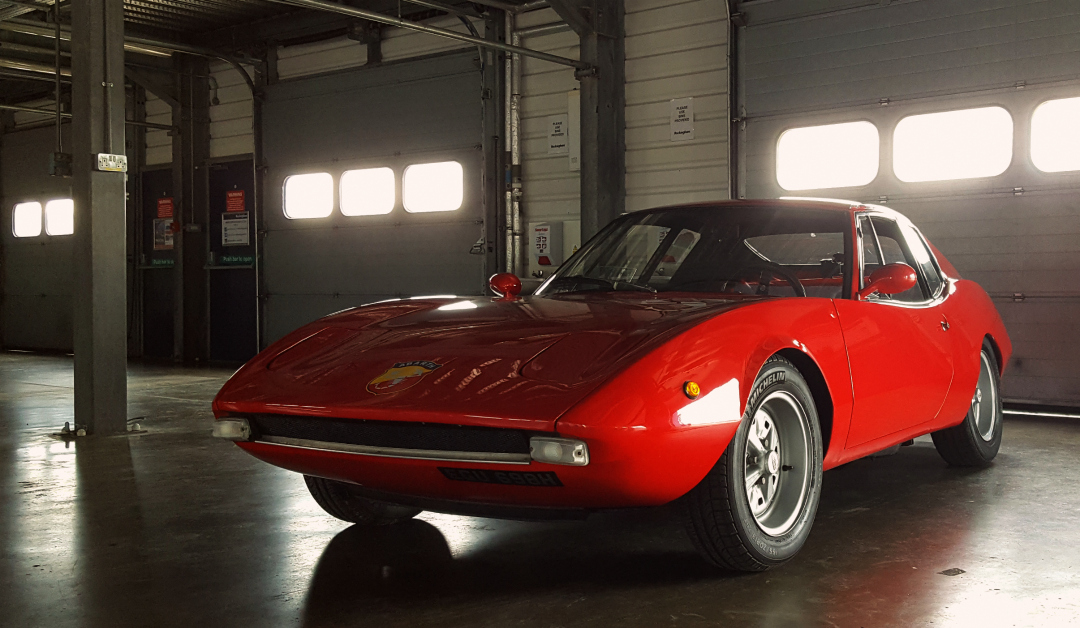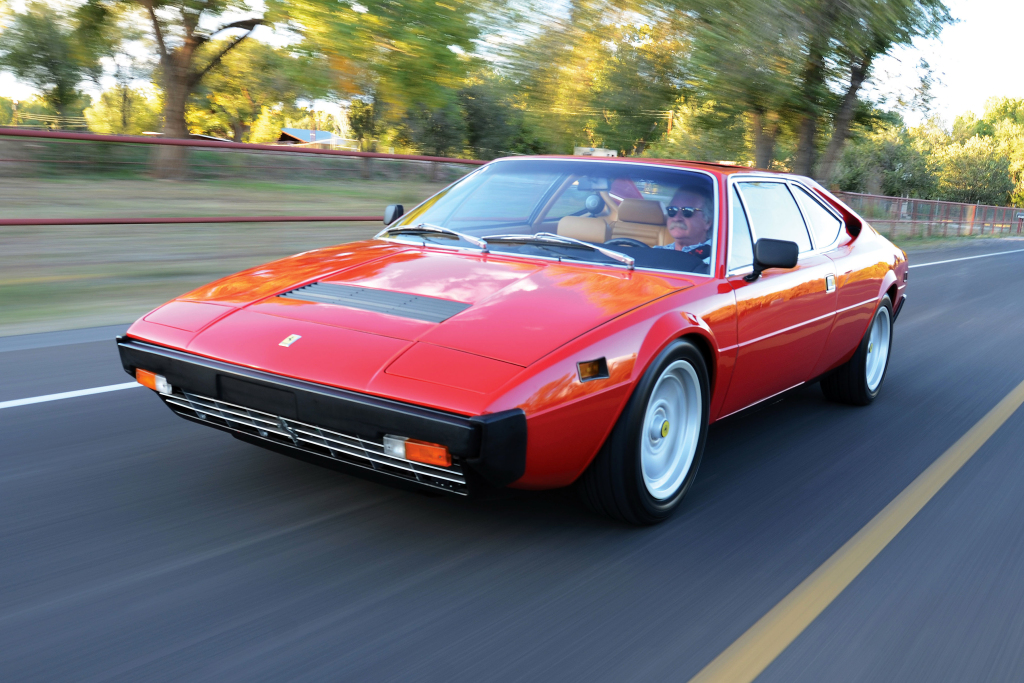"Wolfgang Tillmans, Headlight (b), 2012. Courtesy Galerie Buchholz, Cologne/Berlin. If you've ever gazed deeply into the mystic lens of even your average contemporary runabout, you may well have been struck by the odd beauty of car headlamps. If so, you're "

The death of the pop-up headlight
Danni Bagnall skims over some of the best, while finding out why the pop-up headlight isn’t on mainstream manufacturer radars
If you’re a petrol head, chances are you’ve thought or even said this phrase aloud: “bring back the pop-up headlight!”. So why do die-hard car fans appreciate the pop-up headlight-form so much? I can only speak for myself, but for me, it’s the iconic models which donned the look.
Pop-up headlights were and are still seriously cool – we just don’t get to see them much on the road anymore. Some of us were and are still obsessed with the mechanics and how they work, while others just appreciate the retro design and, while they’re no longer in volume production they can still be seen on the odd occasion and remembered in some of the cars that graced the design.
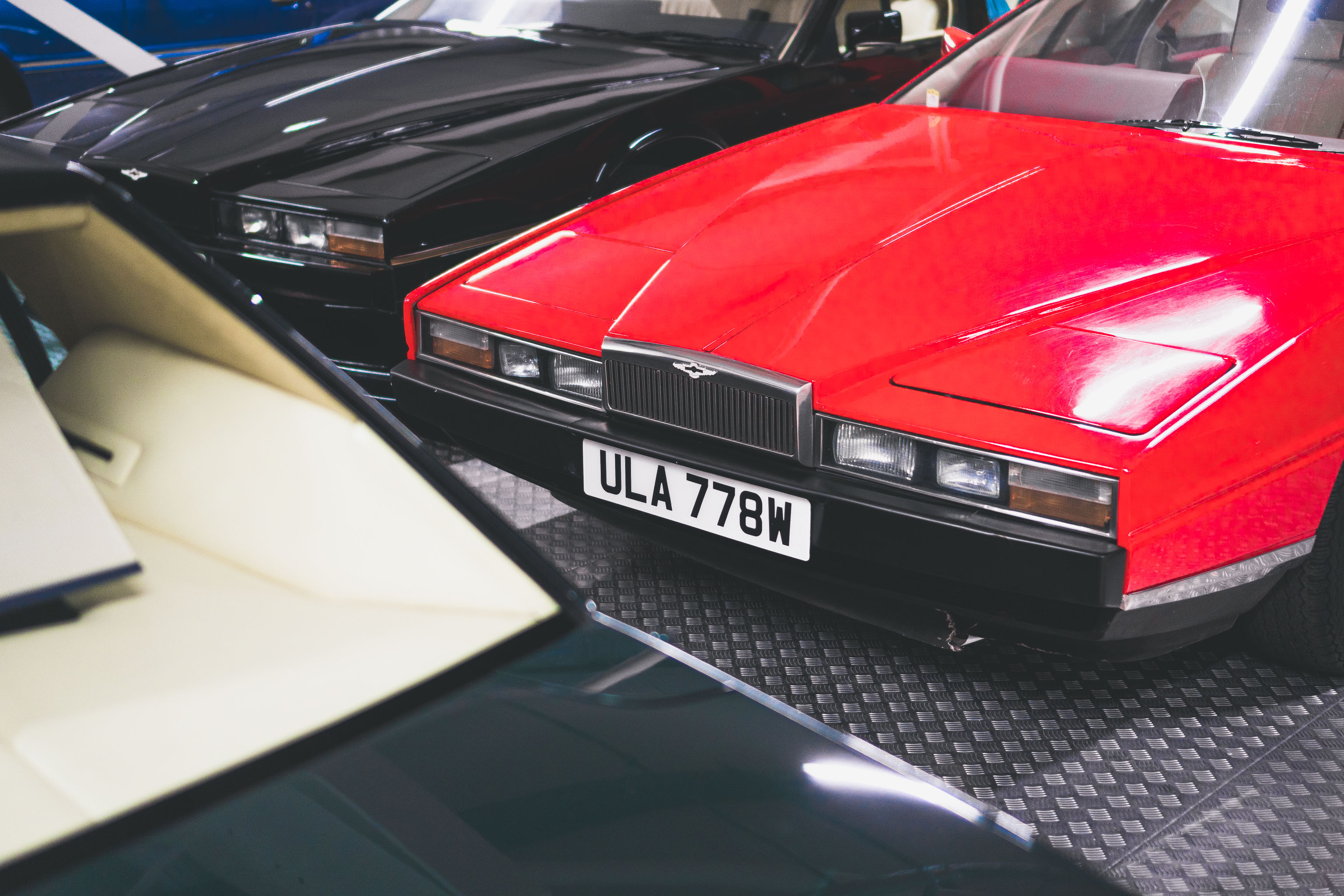
I’m not going to go into every single model featuring the pop-up headlight, because, well, you’ve probably heard it all before, but let’s have a little looksey at some of the best. We all know about the Ferrari F40, the Honda NSX and the Mk1 Mazda MX5 – the 80s kids among you probably had a typical poster of one of them on your wall – but it’s the likes of the Toyota MR2 and Porsche 928 that get me going, not forgetting the one that started it all; the purveyor of the pop-up headlight back in 1936 – the Cord 810.
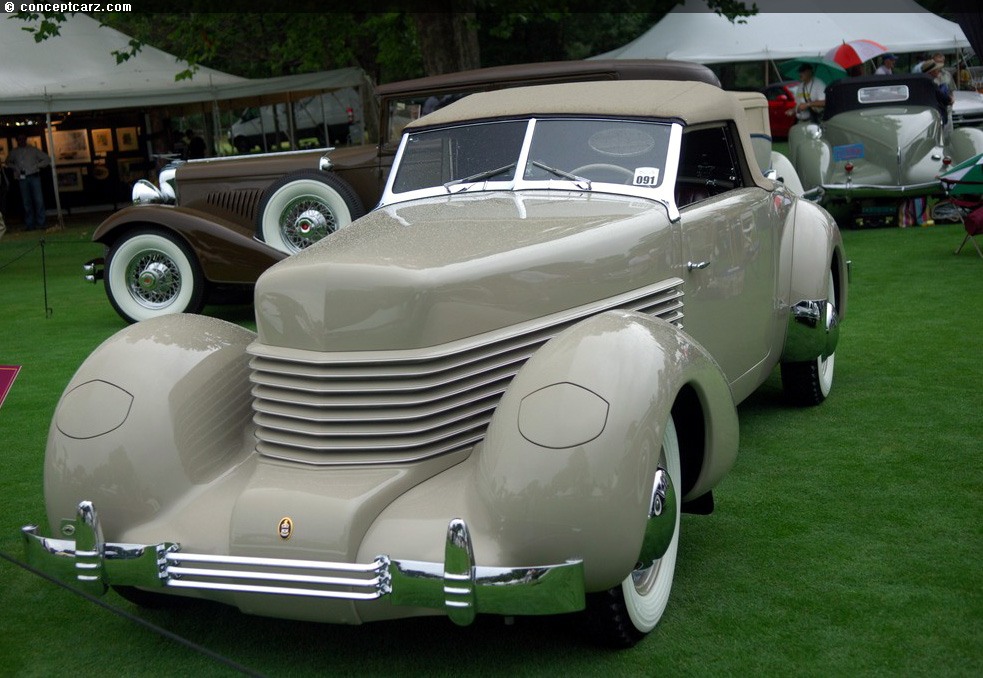
First introduced as an innovative way of concealing the ugly round headlights of the time, the Cord 810 caused much stir upon its reveal at the 1935 New York Auto Show, coming away with a reported 1000 orders from the show alone. Jump forward 30 years, though, and that’s when you’ll see manufacturers really jumping on the bandwagon of the angular pop-up feature. The 70s introducing the likes of the Lancia Stratos, Mazda RX-7, BMW M1 and Aston Martin Lagonda, with the Ferrari F40, Lamborghini Diablo and Toyota Supra all following in the 80s. The 1980s saw Japanese car makers, in particular, running wild; taking creativity to another level and introducing wedge-like aesthetics such as the 1988 Honda Accord, along with the aforementioned original Mk1 Mazda MX-5 the following year.
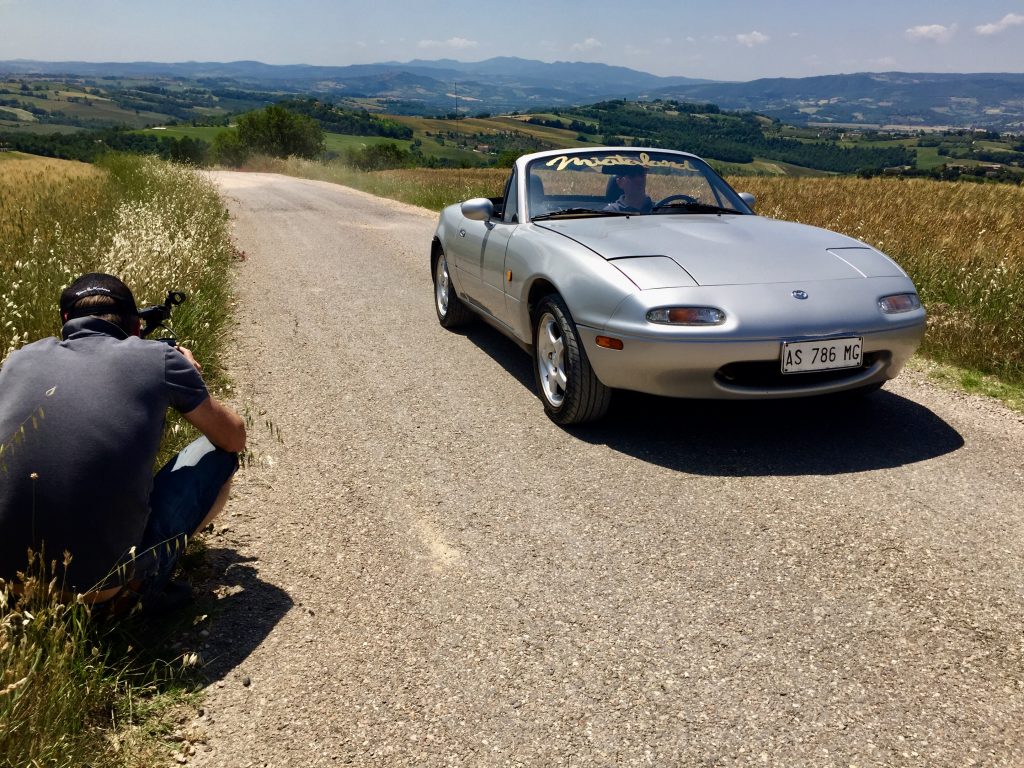
However, despite getting a lil excited over all those awesome retro models, it’s the Porsche 928 that really gets me going. It was one of the first pop-up headlight models from the German manufacturer following the VW-allied 914 and the 924, and was such a turn of pace for the brand. Known as the runt of the litter – I remember when you could pick these up for like £500 – folk have seemingly opened their eyes and are now snapping the little sports cars up! Expect to pay between £5,000-£10,000 for a good one.
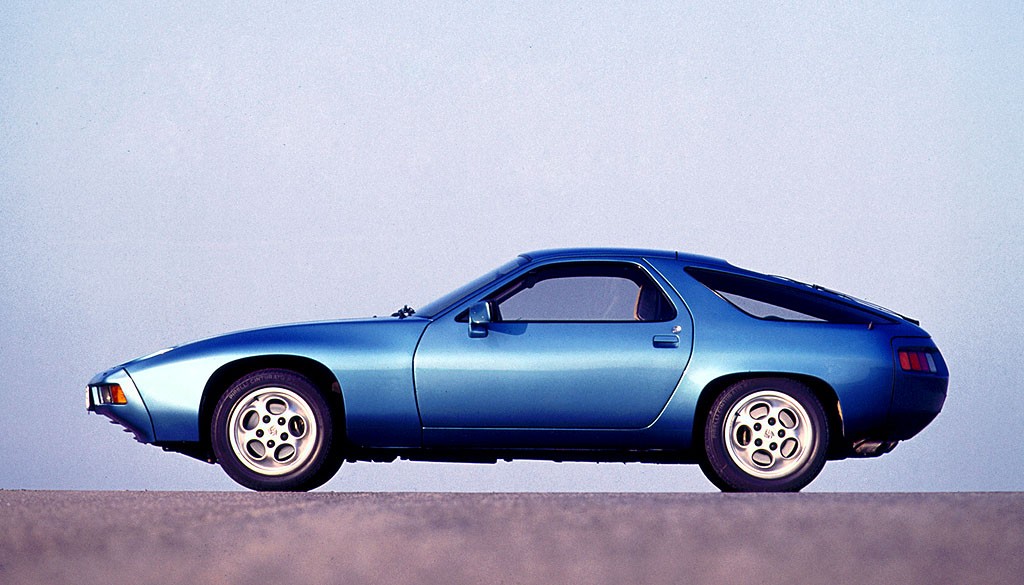
So, why has the pop-up headlight now seemingly fallen off the radar of manufacturers and their designers? Despite me, and I assume you as the reader, being a big fan of the pop-up headlight, they were often simply a way of getting around regulations such as the early, and rather ugly, rounded headlamps and later sealed-beam headlights, which some car designers deemed to be rather ugly, thus hiding them within the pop-up function and retaining the low, nose-down proportions of the design.
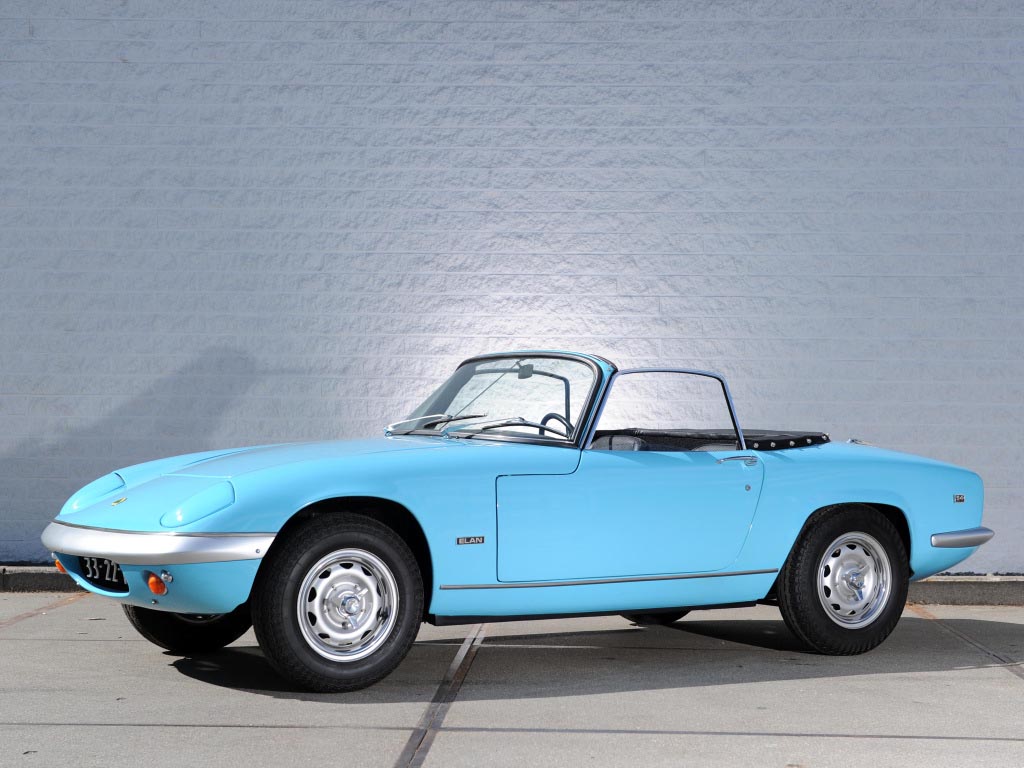
The biggest cause for the death of the pop-up headlight, though, is and will no doubt continue to be safety. Not only were dodgy electric an issue, creating issues such as winking headlamps or worse in that one or both pop-ups would fail in fact to pop up, sealing themselves shut, but also pedestrian safety. EU findings during the early 2000s deemed the creation of safe pop-up headlamps that were readily deformable to protect pedestrians in the event of a road traffic collision were expensive and not worth the cost to manufacturers. America even had a specifically-created standard for the pop-up headlights; The National Highway Traffic Safety Administration’s Standard No. 108, demanding in the event of a light malfunction the pop-up would stay open, thus rendering the design of a hidden headlight pointless.
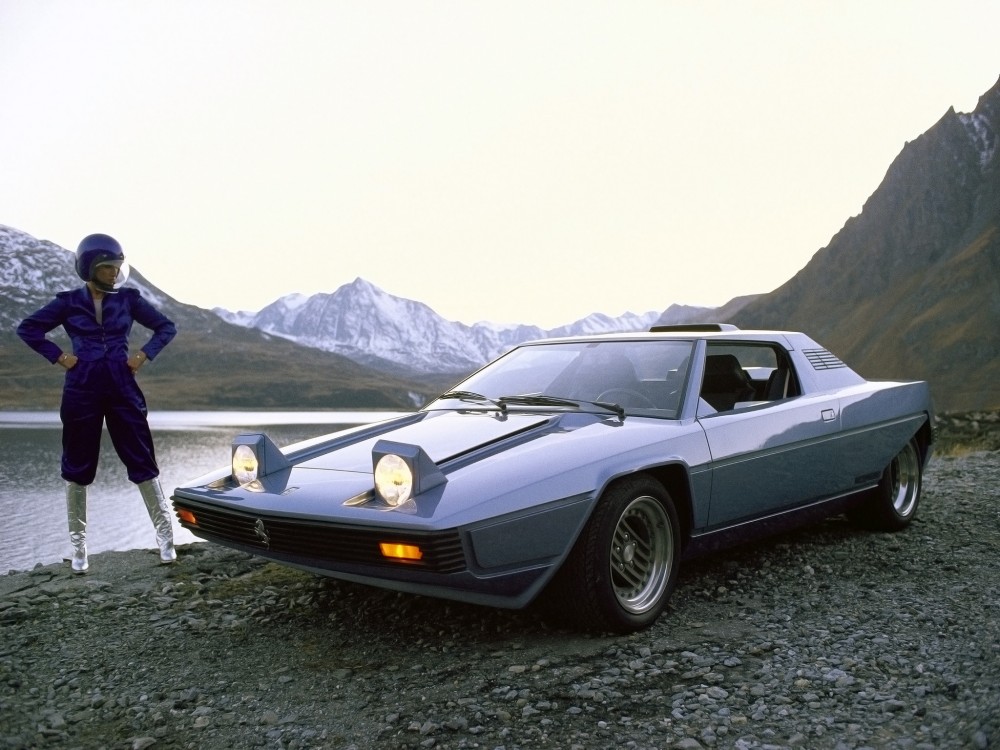
Now, while any EU rulings or findings do not apply to rulings in America and vice versa, it makes sense that mainstream car manufacturers would consider the world as a whole when designing its cars, certainly if it wants its cars to sell globally. Yes, you have different variations of models from continent to continent to fit the market etc, but with something as big as the pop-up headlight design and the cost it would take to implement such a construction, it’s just not cost effective to tailor the model to such a degree. It makes you think what a large task they have in pleasing everyone, doesn’t it?!
Shortly after the reveal of said findings, the pop-up headlight was no longer, with the last models to sport the feature being the ’90s-designed Lotus Esprit and C5 Corvette – both of which ended production in 2004.

While it looks like the pop-up headlight is dead to high-volume manufacturers, the retro design lives on. The most recent example being the Ares Panther model, which was introduced late last year. Based on the Lamborghini Huracan model, the Ares Panther has only yet been seen in camouflage and hasn’t yet been officially revealed but it’s clear to see that one of its main design aesthetics is the pop-up headlight.
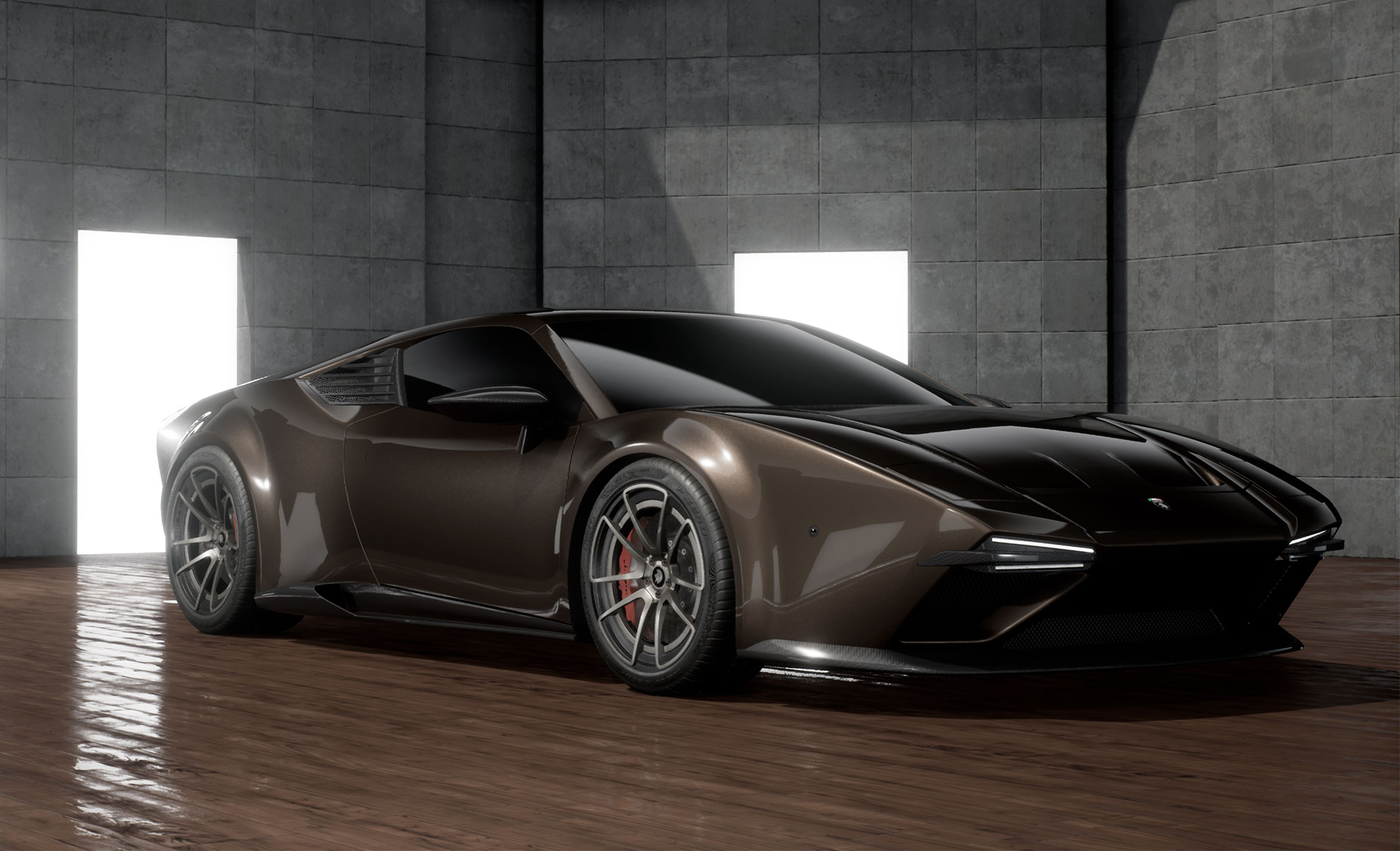
Taking inspiration from the classic design in the De Tomaso Pantera of the 1970s, the Ares Panther is based on the Lamborghini Huracan, sitting on a carbon fibre / aluminium composite chassis construction. The car is powered by an uprated version of the bull’s V10 engine, going from 5.2-litre capacity to 5.6-litres and boasting 650bhp and 413lb ft of beautiful torque. Retaining the pop-up headlight’s rare status; just 21 Panthers are to be built, each with a starting price tag of €515,000! Best get my order in now, then… or save that kind of wonga for not one but multiple examples of a few of the aforementioned pop-up icons I grew up admiring?! Hmmm, tough one, that…
The pop-up headlight is not yet totally extinct, at least.
CLICK TO ENLARGE







